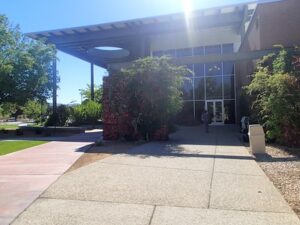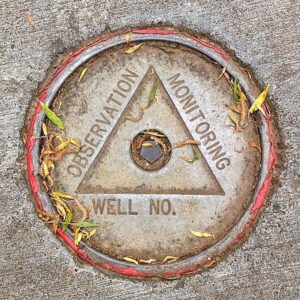Yesterday, I saw an item that said that community college students want more online learning. So, the “research” that backs up that conclusion comes from Cengage. Let’s just say that Cengage has some skin in the game.
Real research into community college students and online learning doesn’t share Cengage’s woefully optimistic conclusion about community college students. More than one-quarter of Cengage’s survey respondents were “faculty and administrators.” (I would not be entirely shocked if this group consisted primarily of administrators.)
Historically, community college students have not done well with online courses. While much has changed about community colleges in the past two years, little has changed about community college students.
First, online delivery doesn’t work well for most occupational and technical classes. (I suspect that Cengage’s survey didn’t include many welding, automotive, dental hygiene or nursing students.) Second, online courses represent a major barrier for low-income students, who comprise close to half of community college enrollees. Additionally, low income students often lack adequate space at home, capable devices and Internet access to complete online classes.
Some actual research has even shown that online classes are not just “challenging” to some community college students; they’re damned dangerous.
Surveys are certainly one way to conduct opinion research, but real research assesses outcomes. Online courses don’t have good outcomes for many students. Real research shows that “good students” – those who would do well in a physical classroom – also successfully manage online coursework. Unfortunately, marginal students don’t.
Not all community college students can manage online learning
Community colleges are filled with marginal students. “Marginal students” might be those who haven’t been in a classroom in 25 years, or those who never finished high school. They might be students with learning disabilities, or physical challenges that make classroom learning hard. They could be sleep-deprived, single parents who have only the slimmest chance of graduating under ideal conditions. Additionally, as many as half of all community college students have either undiagnosed or untreated mental health issues.
Take Cengage’s glib prescription for community colleges –full-speed ahead for online courses – with a full shaker of salt. If you want a good ground-level assessment of the state of online learning, please take the time to read last week’s guest essay in the New York Times. Jonathan Malesic, the author, is a lecturer at Southern Methodist University and has some good observations about online learning. Now, Malesic teaches four-year students at SMU, but disengagement is a real consequence of online course delivery.
Without doubt, hopeful administrators want community college students to want online classes. Some community college students do. They’re likely the ones who would do well no matter what.
Administrators like them because they’re cheaper to run. Some colleges even increase the number of students in an online classroom. See recent discussions about adjunct instructors. Online coursework may be the newest way to starve the institution’s instructional budget. So, more online classes may mean more money for more administrators.
But they’re not what’s good for the community. The community doesn’t benefit by subsidizing educational opportunities for disengaged students. And removing students physically from campus may be a fast-track to irrelevance for community colleges.
Photo Credit: Nenad Stojkovic , via Flickr

















